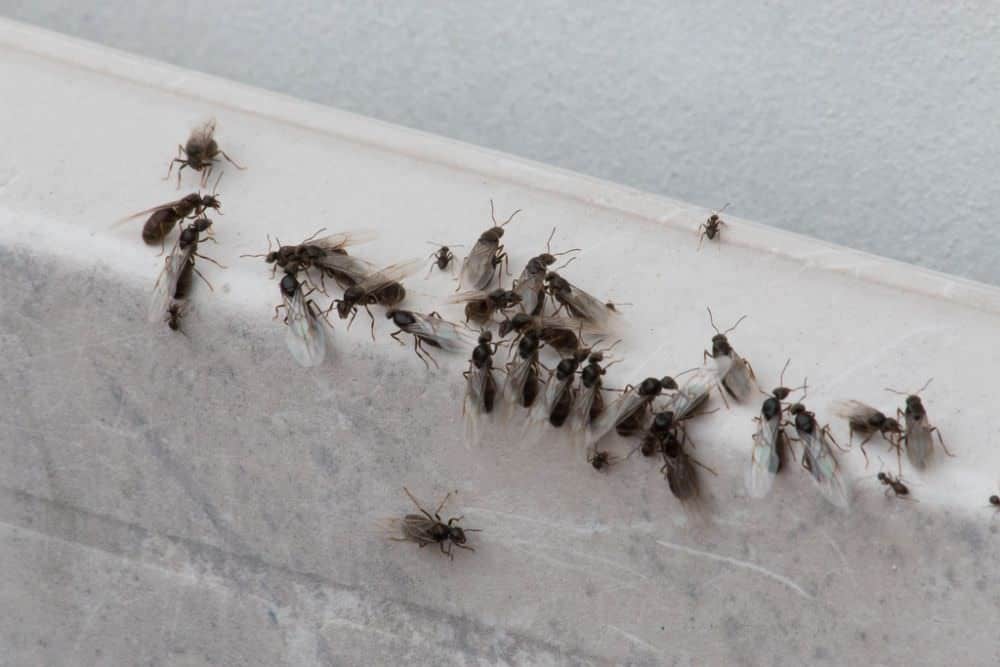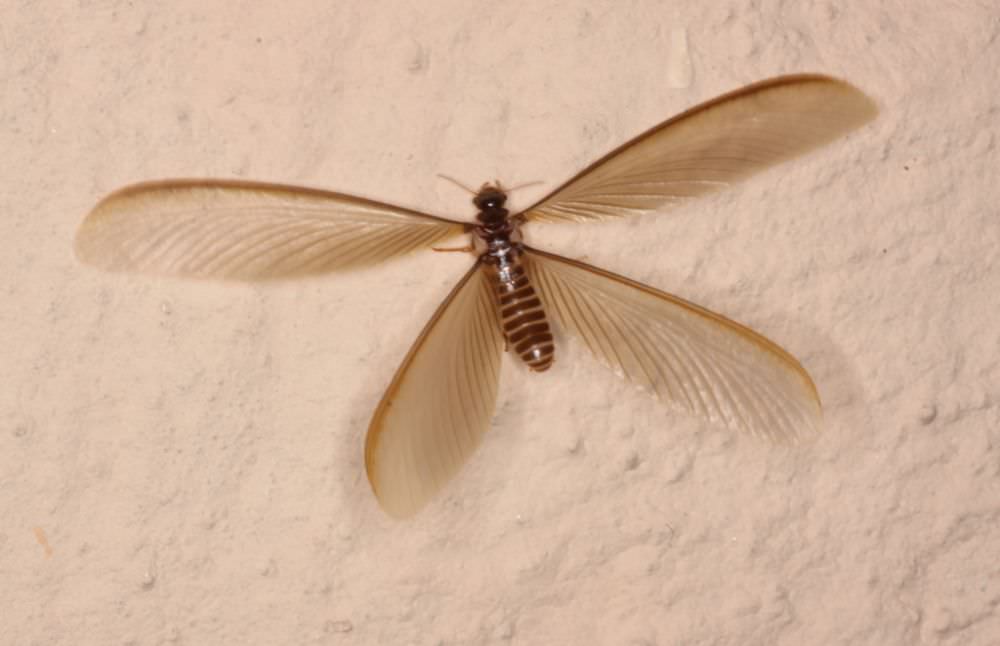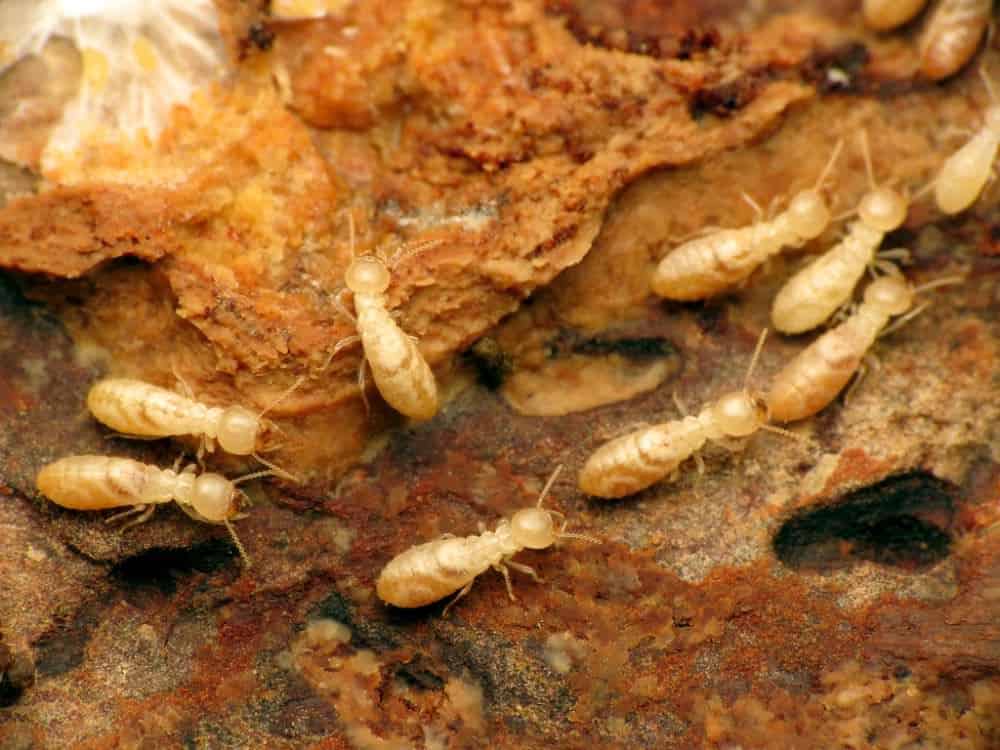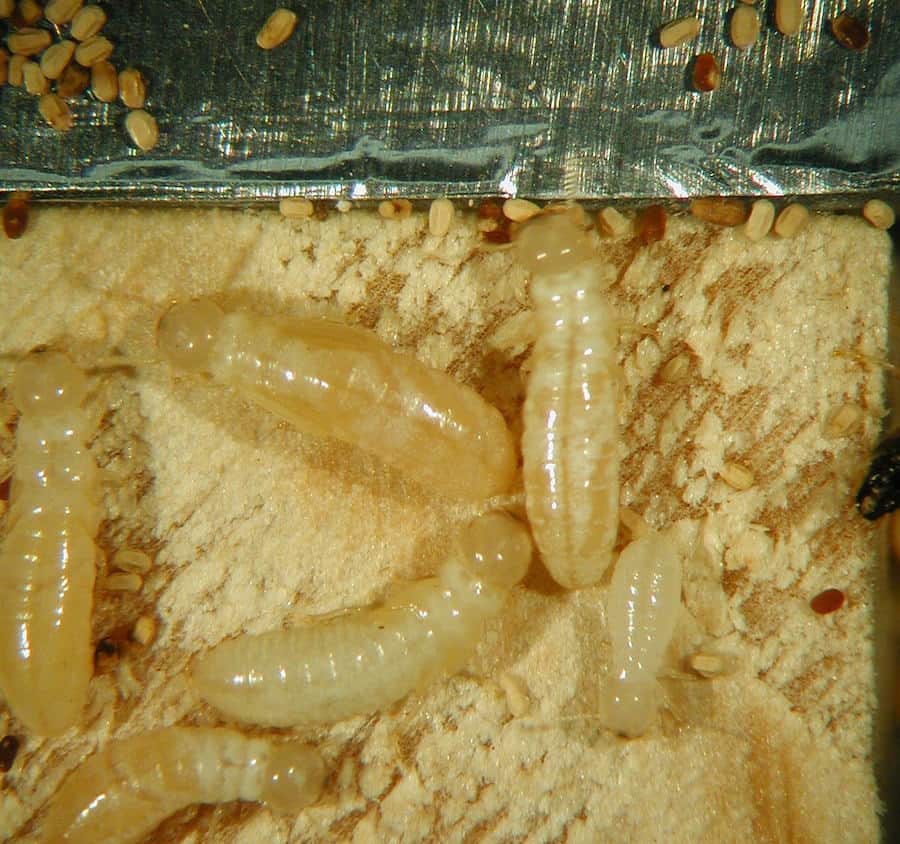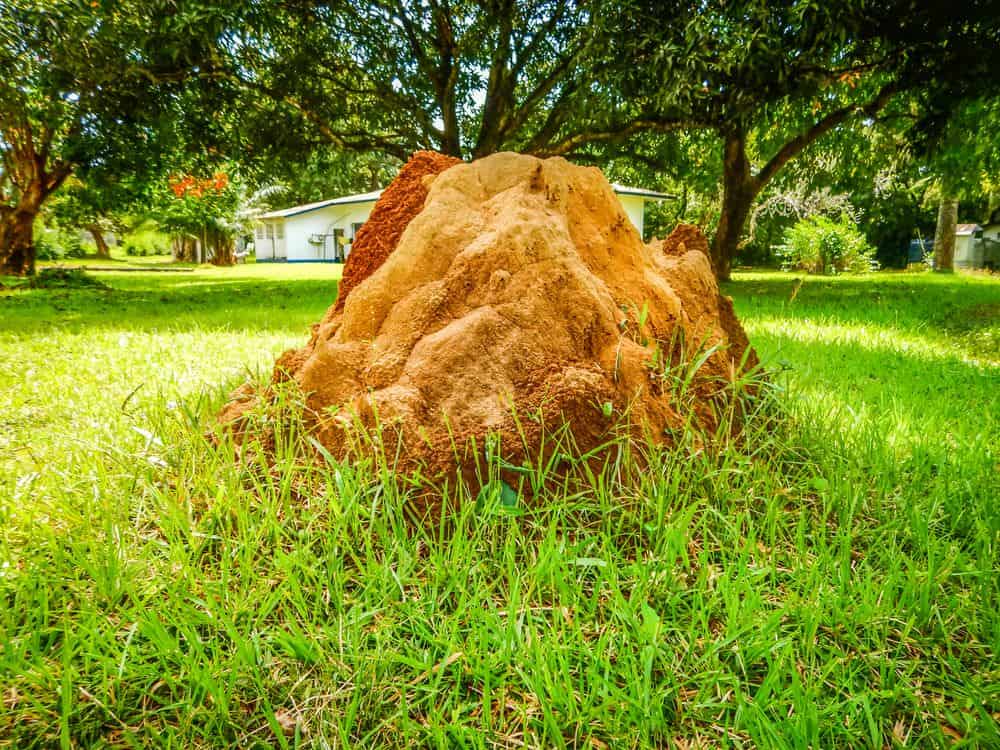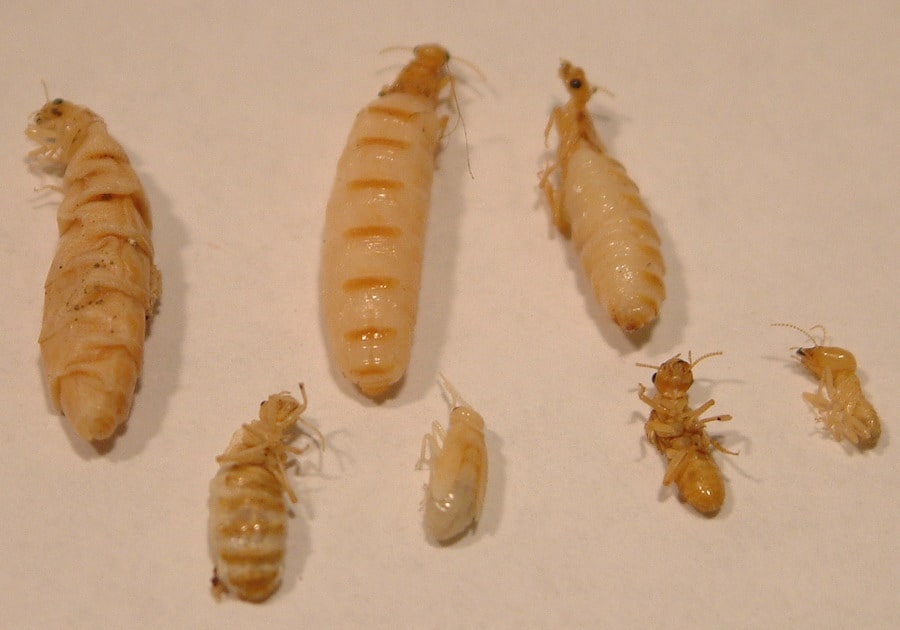Swarming Termites
Swarming termites in your home could indicate an infestation. Knowing about the habits of these pests can help you eradicate them.
In this article, you will learn what a termite swarm is and why these insects swarm. I will also cover the swarming patterns of specific termite species, including when they swarm.
What Is a Termite Swarm?
A swarm refers to a large group of insects, typically ones that fly.
A termite swarm consists of winged reproductive alates. The alates are mature termites who are members of the reproductive caste in termite society. During certain periods of time, the alates leave the nest in a swarm. Swarming can occur at different hours and seasons, depending on the species.
Termite workers begin preparing for the swarming before the alates have fully matured. They build tunnels to the surface of the nest, through which the alates can leave. Some species of termites even build special platforms for the alates to launch themselves from.
Prior to the swarming, alates will group together in chambers built near these exit locations. The alates will remain in these chambers for days or even weeks. The workers will provide food for the alates at this time.
Termite soldiers also play a role in the swarming. The soldiers station themselves near the exits to ensure no enemies enter the nest.
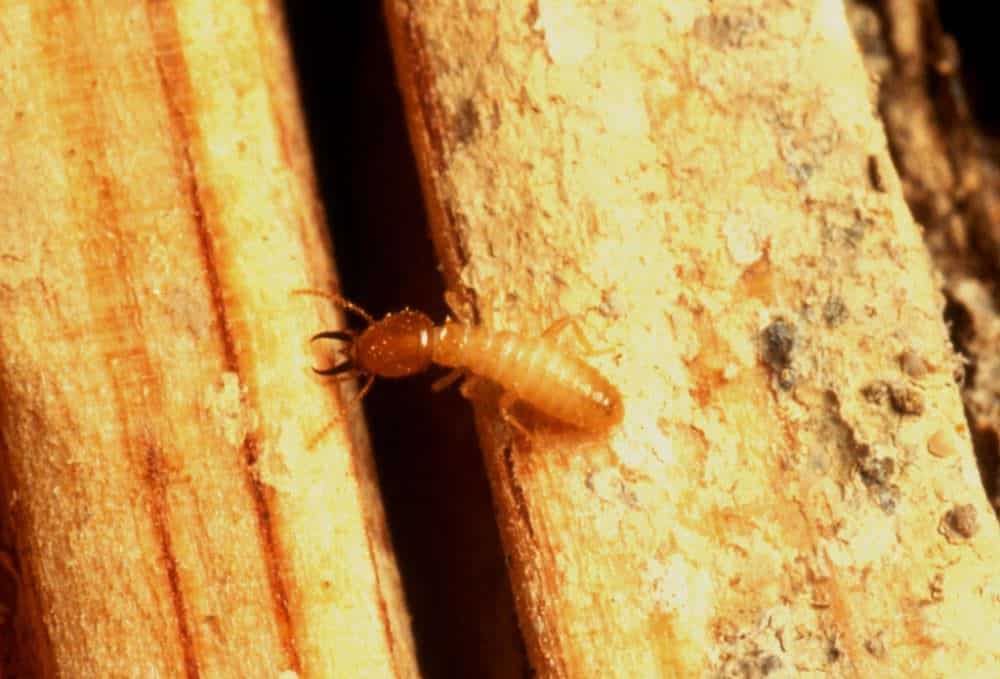
Once the alates have swarmed, the soldiers also stop the alates from attempting to return to the nest. If needed, soldiers will kill returning alates to stop them from re-entering the colony.
The swarming of particular species happens in synchronization. This means that if there are two separate termite colonies separated by miles, the alates will swarm simultaneously.
Although they have wings, alates are not good flyers. They are likely to land less than a thousand feet away from the original colony. If the nest is in an open space and there is
a strong wind, however, this can increase the distance they travel.
Indoors, termite swarms are hard to ignore. After the swarm, you will discover alate corpses and broken wings next to windows. A swarm of alates inside your home is a concrete indicator of a termite infestation.
What Are Termite Alates?
In a termite colony, every member has a specific function. Termites are known as social insects; like ants or bees, they live in a society structured according to social classes. The entire colony works together to survive and increase.
There are three different categories of termite. These include reproductives, soldiers, and workers. Soldiers serve to protect the colony, and workers perform the hard labor. Alates, or swarmers, are part of the reproductive caste.
Each caste of termite is distinguishable from another in appearance. For example, termite soldiers have visible defense mechanisms. Workers tend to be paler in color and smaller than other members of the colony.
Both soldiers and workers differ from the reproductive class. These termites are sterile—they have no need to reproduce. Soldiers and workers are also blind, whereas reproductives have eyes.
There can be two types of reproductives in a termite colony: primary and secondary. Secondary reproductives are back-ups. In the event the king or queen dies, the secondary reproductives will continue reproducing.
Primary reproductives include the termite king and queen, and the alates. Every termite king and queen began life as an alate. Similarly, all termite alates have the potential to become royals and establish their own colonies.
Termite colonies that are newly formed will not produce alates; the future kings and queens only exist in mature colonies. It can take a number of years for a termite colony to produce alates.
Several swarms may emerge from the nest in one season. The amount of alates per swarm depends on how large and mature the colony is. The older and larger it is, the higher the number of alates will swarm.
What Do Termite Alates Look Like?
Alates develop in the same manner as other termites. They molt, growing gradually in stages. Molting involves shedding their outer shells until they have reached full size.
Termite alates can differ in size and color, depending on the species. Subterranean termite alates from the Formosan family are a golden brown color. They are approximately ½ an inch in length.
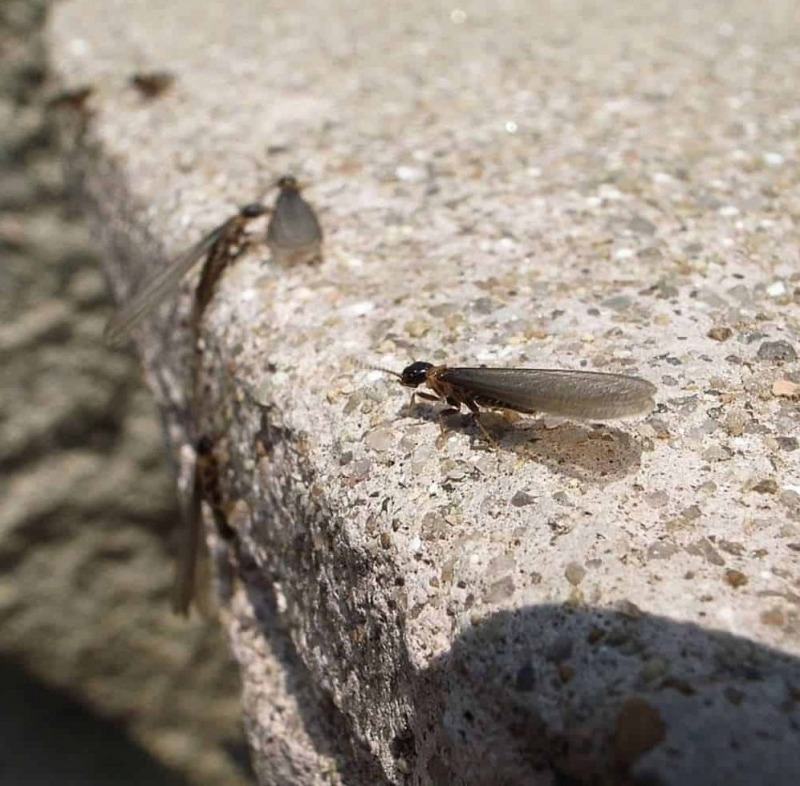
Dampwood termite alates can have significant variations in appearance. They can range from ¼ to ½ an inch long. Some species are reddish-brown, whereas others are a pale tan color.
Drywood termite alates fall in the mid-range in terms of size. These pale brown insects have thicker wings, with more veins than other species.
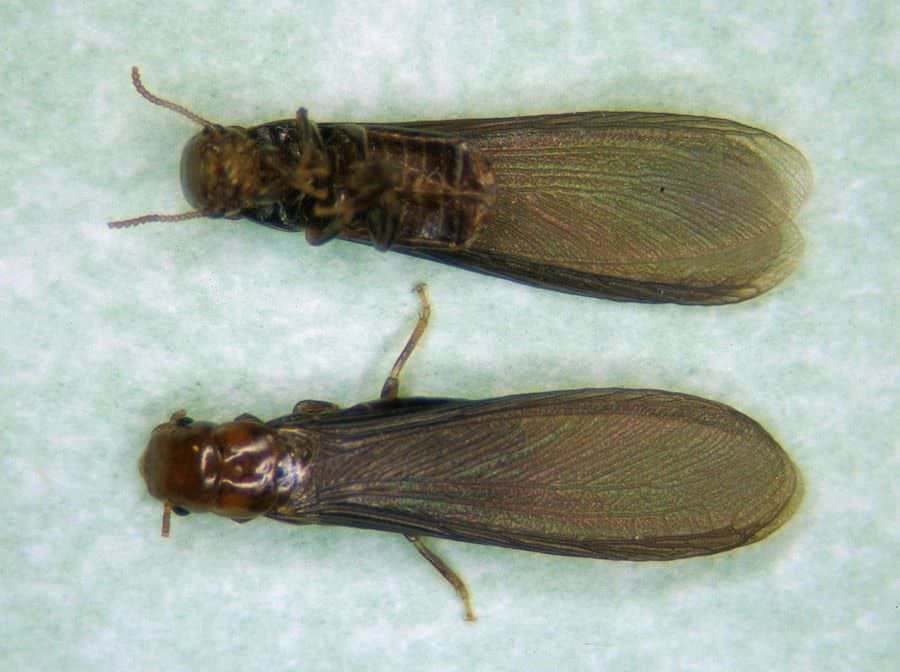
There are features that all termite alates share in common, regardless of species. It is important to be able to identify termite alates if you see them inside your home. You want to take action against a potential infestation as quickly as possible.
Termite alates have broad waists. Their wings are uniform in size and shape, and are translucent. Antennae are straight, pointing directly away from the pronotum (head).
The alates of these insects are often mistaken for winged ants. Keep in mind that ants have pinched slender waists and elbowed antennae. Ant wings tend to have a dark tint to them, and are not symmetrical.
Why Do Termites Swarm?
Termites swarm with the aim of mating and establishing a new nest. Swarming is not only a mating ritual. It ensures the continuation of the species by dispersing nests in different locations.
Out of hundreds of alates, few actually survive the swarming. Even fewer will be successful in setting up a new nest and reproducing.
Many alates are killed by wandering predators, such as lizards, toads or birds. Other insects, such as fire ants, also prey on termite alates, overwhelming them once they land. The alates that do not end up a meal to predators die in other ways. They fall victim to injuries, dehydration, or a lack of food.
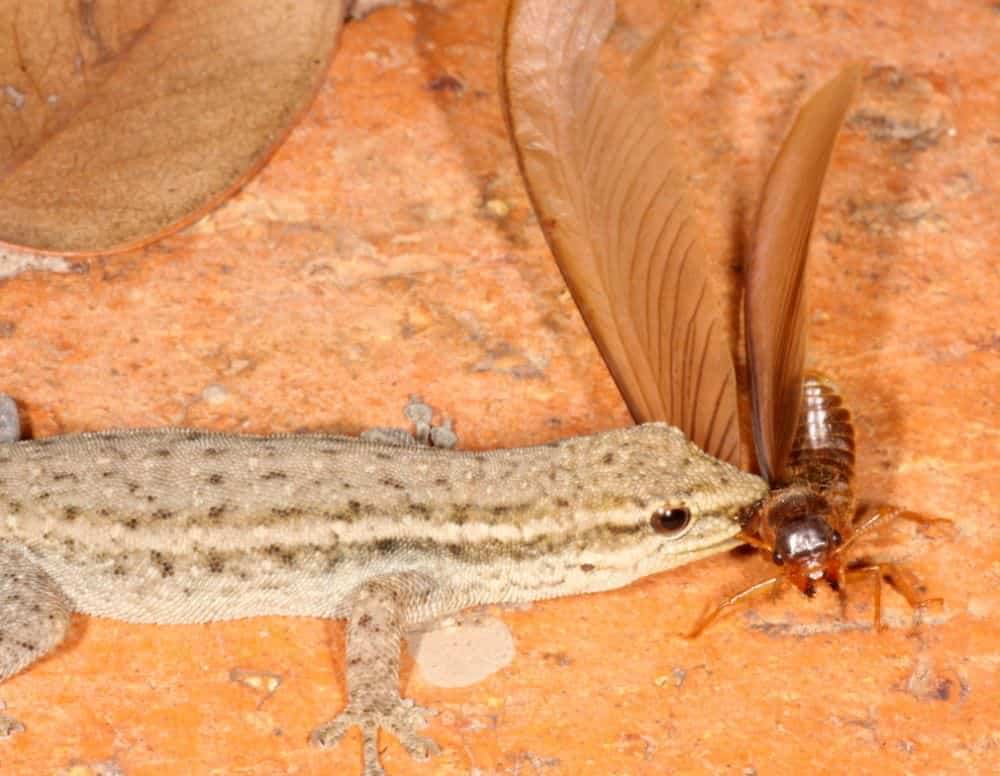
Alates are uniquely built for the swarming process. They wait for certain cues in the environment that signal it is time to swarm.
As with other castes of termites, the alates are normally repelled by light. However, when it is the right time for the alates to depart the nest, this will change. The mature reproductives become attracted to light instead, exiting the nest of their own volition.
Swarming can occur at the same time for separate colonies of the same species. This synchronized swarming allows for mating between alates of different colonies. Just as with other species, diversity encourages survival. The mating of alates from different genetic backgrounds can produce stronger, more adaptable offspring.
What Happens After Termites Swarm?
Mating does not occur during swarming. The actual swarming is a dispersal of alates to increase the odds of new colonies being formed. As I mentioned, few alates survive the swarming, particularly if it happens indoors.
Alates will fly or be blown away from their colony of origin. Once they land, their wings snap painlessly off their bodies.
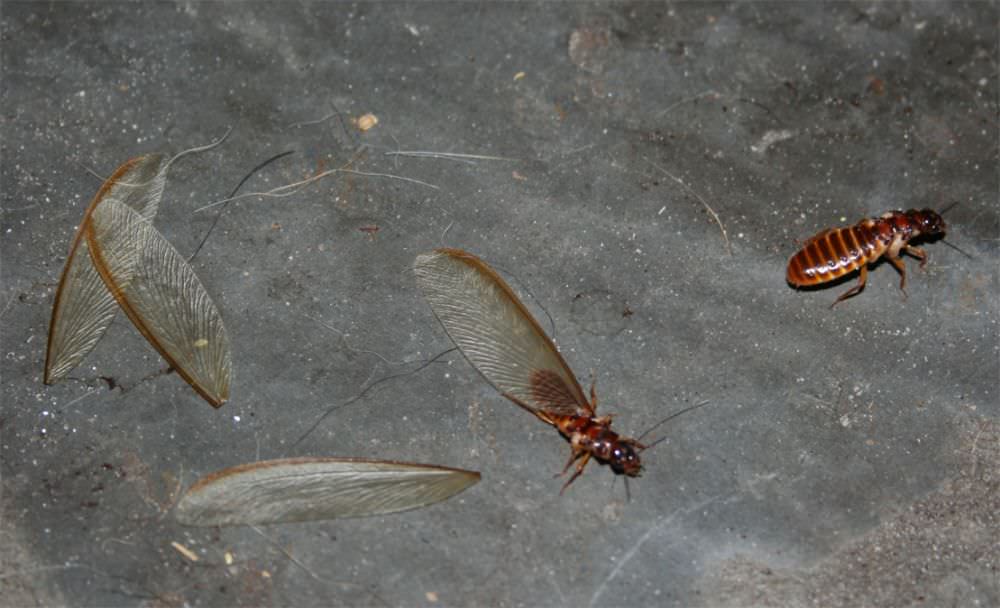
The base (or nub) of the wing remains attached to the alate’s body. The alates will not be capable of flight ever again after the wings break off.
Once they have landed, termite alates perform a short courtship. The females raise their abdomens, emitting a sex hormone to attract males. Once a male approaches her, the couple will look for a suitable site for a new nest.
The female leads the male in this search. Ideal locations are not the same for all species of termite. Subterranean termites will look for moist soil, as they require moisture to survive. Dampwood termites seek out decaying or water-damaged wood. Drywood termite alates look for crevices to enter in dry wooden structures.
The male and female alate will then build a chamber in their chosen location. Once this chamber is constructed, the alates—now king and queen—will never leave the nest.
From that point onwards, the colony slowly grows. The queen initially takes care of her young, expanding the nest if needed. As the population grows, castes (including workers and soldiers) start to form.
Do All Species of Termites Swarm?
Swarming is the method by which a termite species continues to colonize and diversify itself. All species of termites swarm, with no exceptions.
How Else Do Termites Colonize?
Swarming is not the only way termites form new colonies. Occasionally, a part of the termite colony can become separated from the original nest. Secondary reproductives will assume the role of sustaining this new expansion of the colony.
In larger colonies, social fragmentation may occur. Young termites (nymphs), workers, and soldiers deliberately leave the main colony.
This exploratory group then establishes a new nesting site. Some of the termite nymphs will develop reproductive capacities, as workers and soldiers are sterile.
When Do Termites Usually Swarm?
The timing of termite swarming is regulated by numerous external factors. The swarms usually occur during specific times of year. This is because the alates are sensitive to a wide variety of conditions. These can include: temperature, time of day, wind speed, and humidity. Termite alates can even sense changes in atmospheric pressure.
Termite species are broadly classified according to their preferred habitats. Although all termites consume wood, not all termites build the same nests.
Subterranean termites and dampwood termites need constant contact with moisture. They choose to live underground, in soil and in moist wood, respectively. Drywood termites are hardier. They are capable of building nests in dry, undamaged wooden structures. These types of termite are extremely destructive.
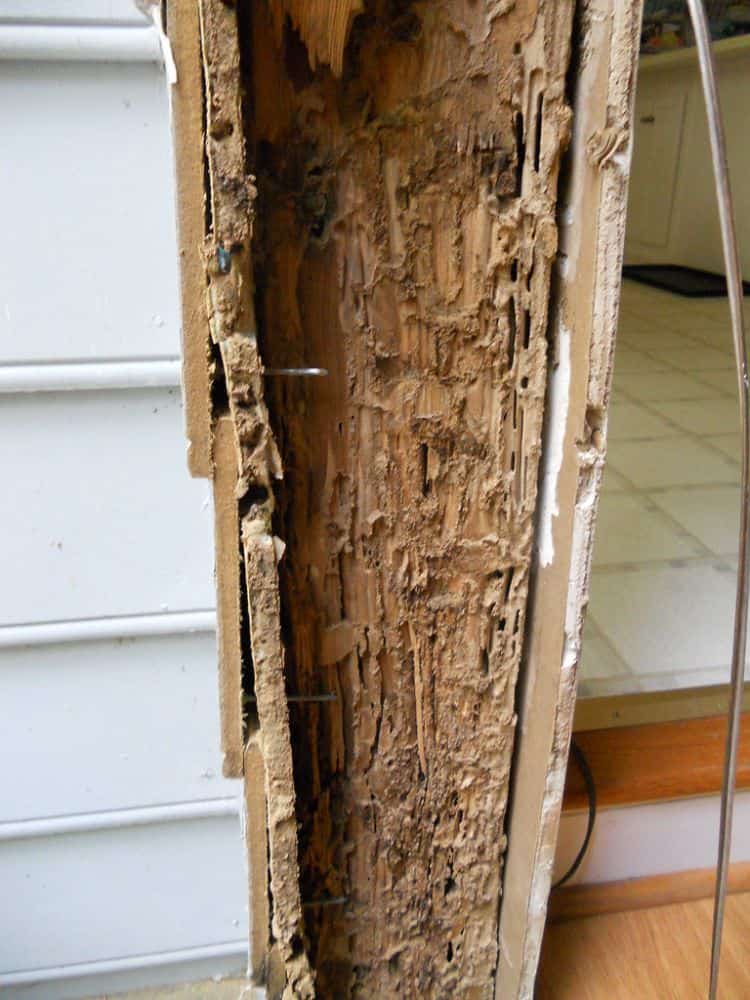
Just as with nesting preferences, swarming times are not identical. The time of year or time of day that you see termite swarmers can help you identify the species.
Drywood Termites
The primary type of drywood termite we consider as a pest is the Southeastern variation. Southeastern drywood termites have a long swarming period, from May to November.
Drywood termites, in general, will swarm after sunset, around dusk. Certain species can swarm slightly earlier or later in the day than this.
Dark western drywood termites are one of these exceptions. They will swarm during the daytime instead. Swarms of these termites can be seen starting late August to November.
Dampwood Termites
Neotermes castaneus, jouteli, and luykxi are three common species of dampwood termite. They each have different swarming seasons and frequencies.
- Neotermes castaneus termites typically swarm from August until the start of December.
- Termites of the Neotermes jouteli species have two swarming seasons: between March and June, and then again from August to November.
- The Neotermes luykxi species releases swarms of alates between June and the beginning of October.
Subterranean Termites
Subterranean termites typically swarm beginning in the spring. Large swarms of these species occur from January to May in temperate climates. Alates will also swarm in lesser numbers during other times of year.
Summary
If you notice a termite swarm in your home, do not ignore it. If possible, mark the location that the alates emerged from. This can help you determine where the nest is.
Swarming termites are a warning sign of an advanced infestation. Keep a termite alate to show a pest control professional, if you can. If you would rather dispose of the corpses, take a photo of shed wings and bodies.

